The NUS FSAE team’s R22e is more than just a speed machine, it’s a stepping stone to building EV know-how in Singapore’s auto sector.
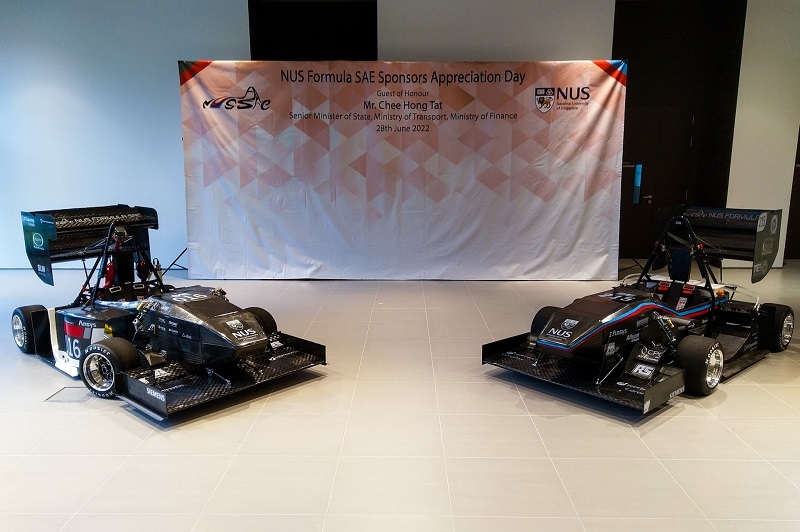
And the programme’s been punching above its weight too. Despite our lack of automotive anything, NUS managed a best finish of 7th overall (out of 120+ unis) in 2015, 3rd in the static events (Design competency, Cost analysis, and Business presentation) in 2021, and have been the top Asian team since 2012.
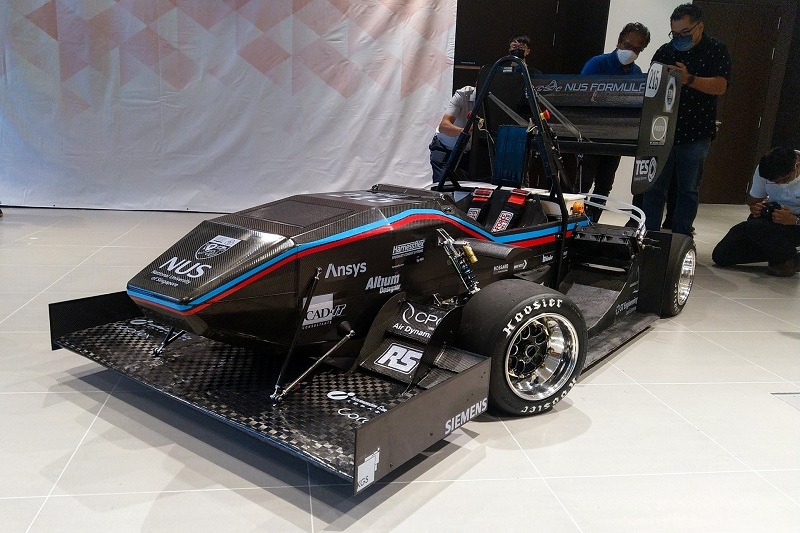
For two decades the NUS FSAE teams have built cars powered by high-revving petrol motorcycle engines. But with COVID-19 torpedoing plans for the past two years to head to Michigan, USA to compete in the annual competition, as well as the car industry’s general push towards electrification, the 2022 team decided to switch focus. The result is Singapore’s first-ever all-electric racing car, the R22e.
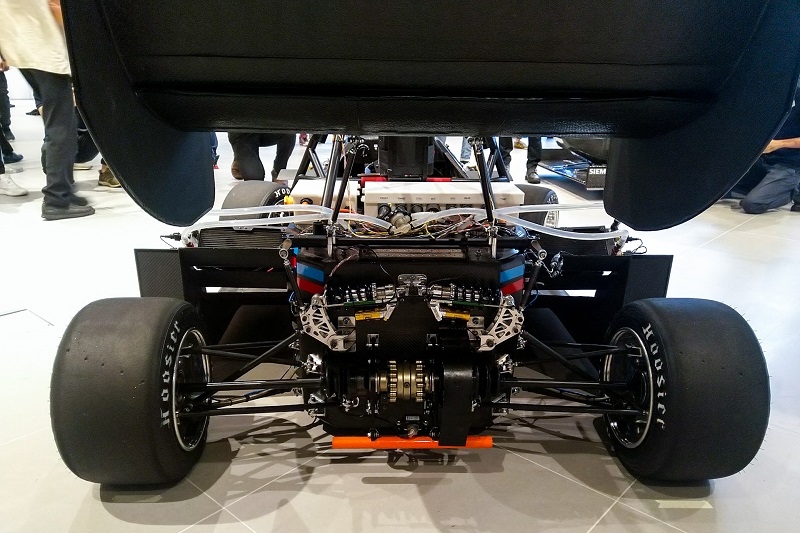
At its core is a full carbonfibre monocoque chassis, fully designed and manufactured by the students. To that, all various other components are mounted, from the suspension and wheel assemblies, to the drivetrain, electronics, and safety roll hoop. Most striking of all though, are the aero devices - front wing, rear wing and side venturi tunnels, which again, were also fully designed and put together in-house.
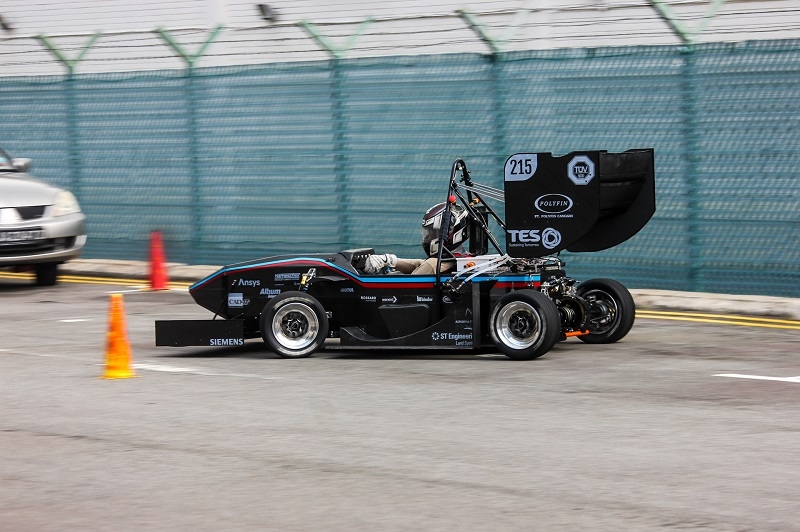
As with all FSAE cars, the R22e is intended as a specialised autocross racer. Hence, the emphasis is on acceleration and agility instead of speed and power. So while its electric motor’s outputs of 107hp and 230Nm might sound small for a race car, it only has 208kg to shift, giving it a power-to-weight ratio of 514hp per tonne. To put that in perspective, that’s just under a Bugatti Veyron’s 530hp per tonne. In comparison, the 600cc Honda CBR600RR engine from last year’s car, the R21 (top pic, left), punches out just 77hp and 57Nm.
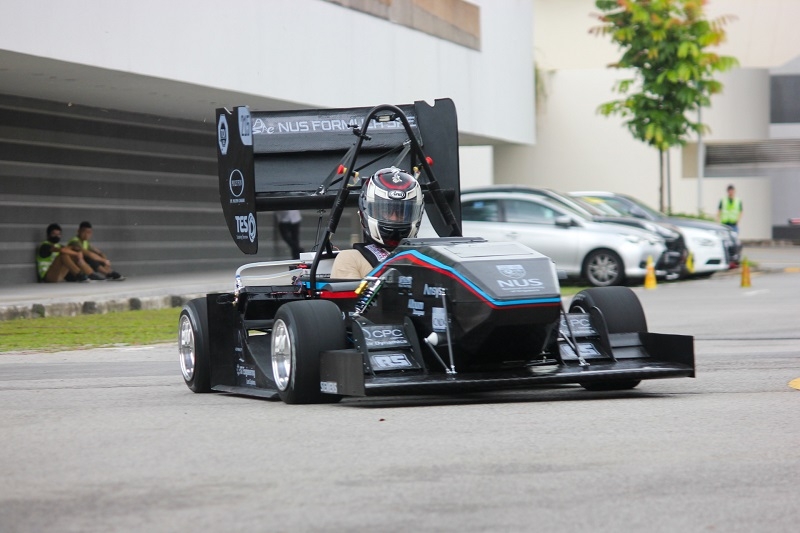
As a result, the R22e will do 0-100km/h in 3.9 seconds, and is geared to max out at 125km/h, while the slick Hoosier tyres and aerodynamics allow it to pull a massive 1.8g around corners.
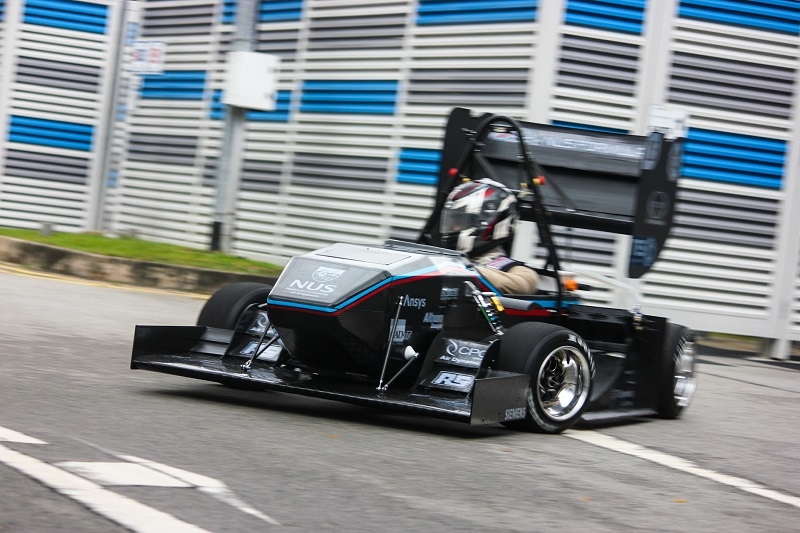
With a dearth of knowledge in Singapore on EV systems in general, the students faced a bigger challenge building the R22e than usual. While the teams in charge of the chassis, aerodynamics, and suspension tuning had the benefit of their predecessor’s experience and data to guide them, those in charge of the electric powertrain found themselves thrown in the deep end. From programming the motor controller to even proper safe handling procedures for high-voltage electrical components, there were a lot of lessons learnt in the R22e’s journey, which has implications not just for NUS’s FSAE team, but eventually for the automotive sector in Singapore, particularly once the students enter the workforce.
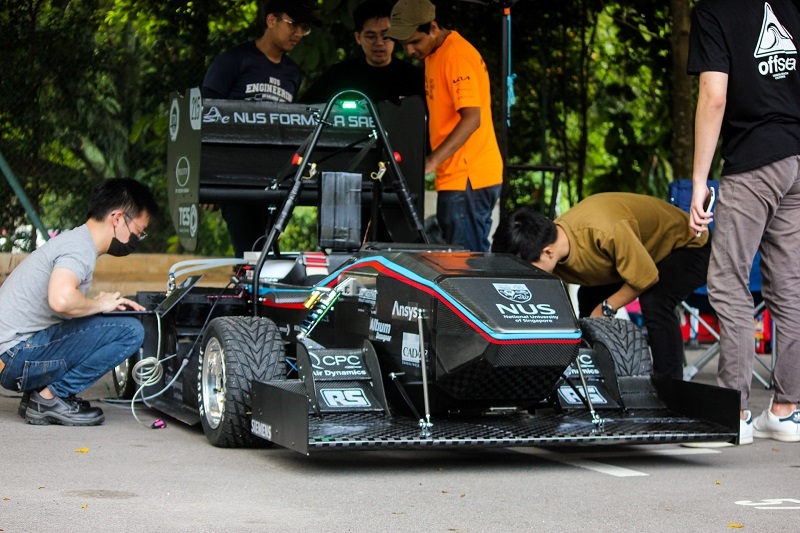
This underscores the significance of the FSAE programme; far more than just a race-car building project, it allows engineering students to apply their theoretical knowledge and problem-solving skills in a hands-on way, with this practical experience able to be shared in the real world down the road.
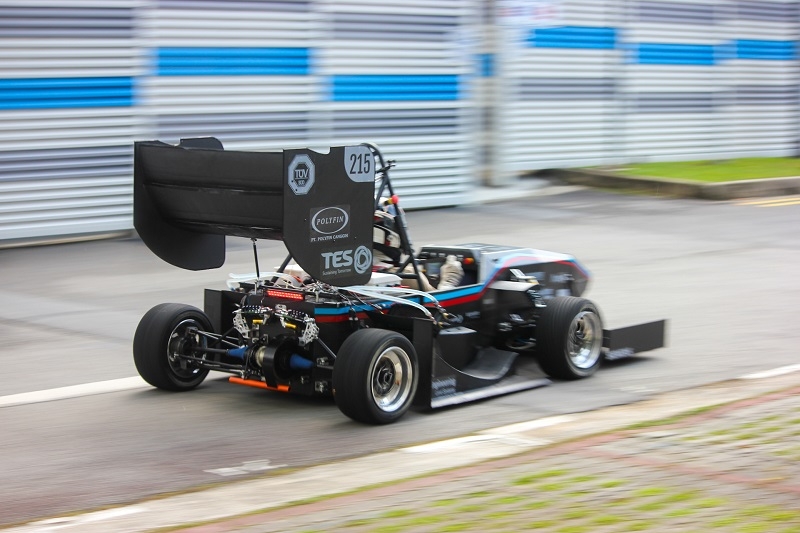
As NUS FSAE Project Advisor Porfessor Seah Kar Heng said, “We felt it was timely for us to apply our know-how to experiment with building an electric race car and ultimately, empower our stundents with engineering competencies to help protect the environment in big and small ways.”
